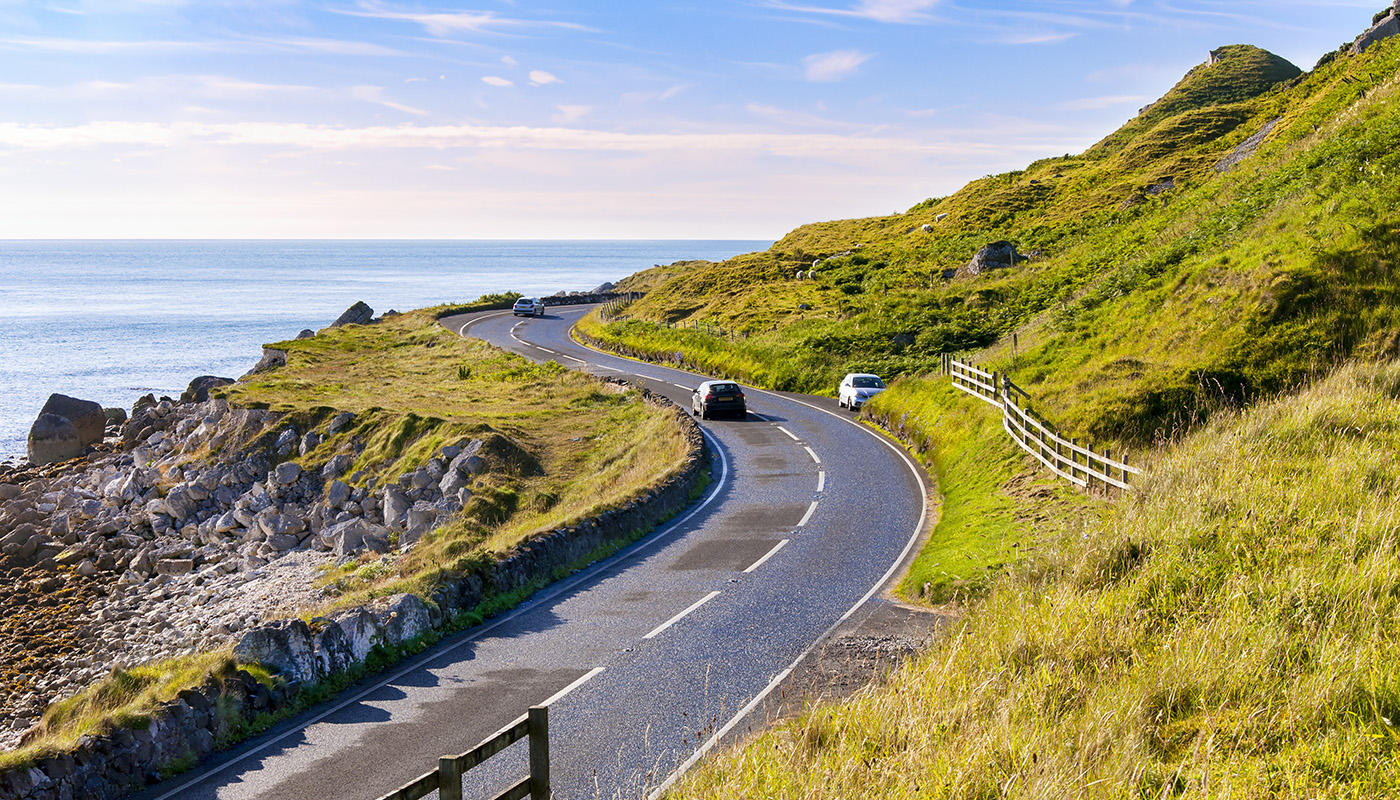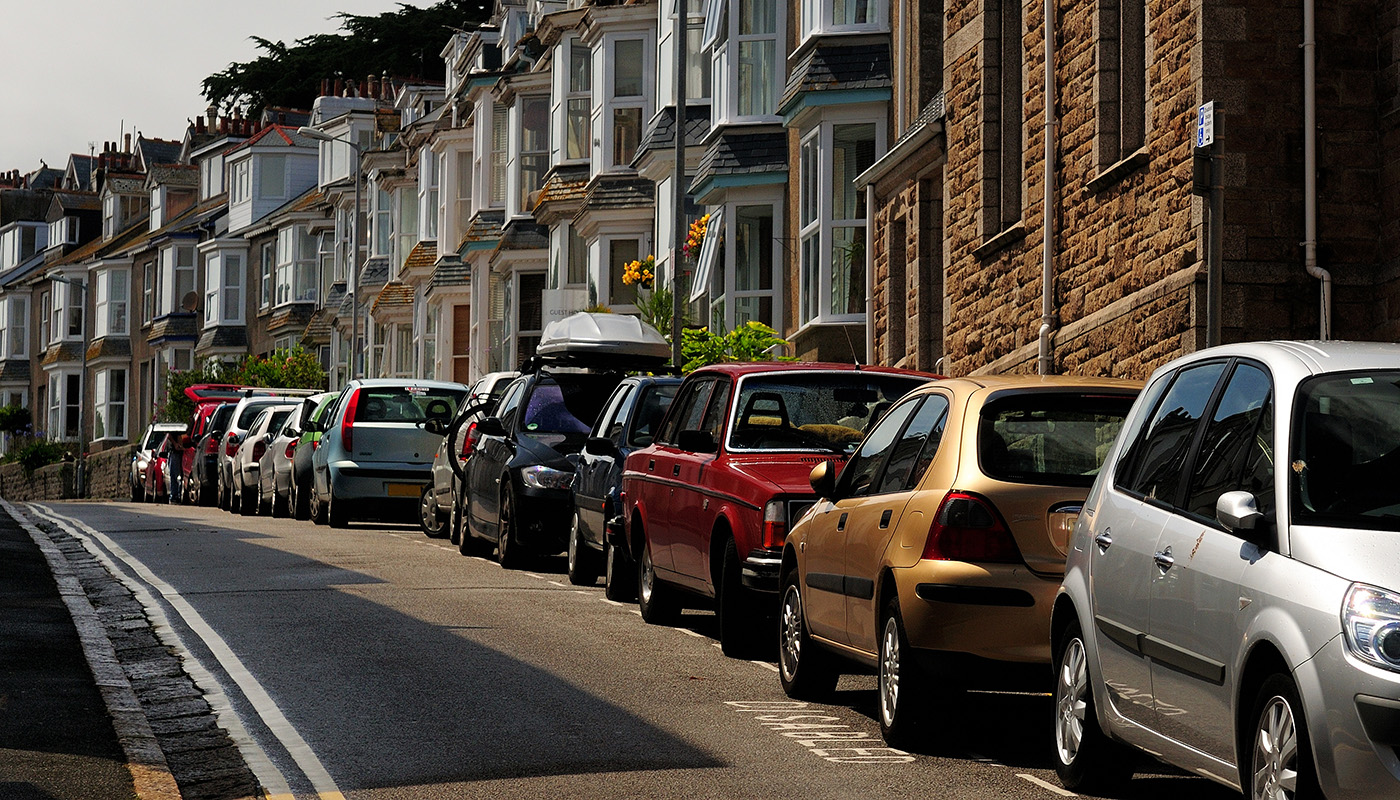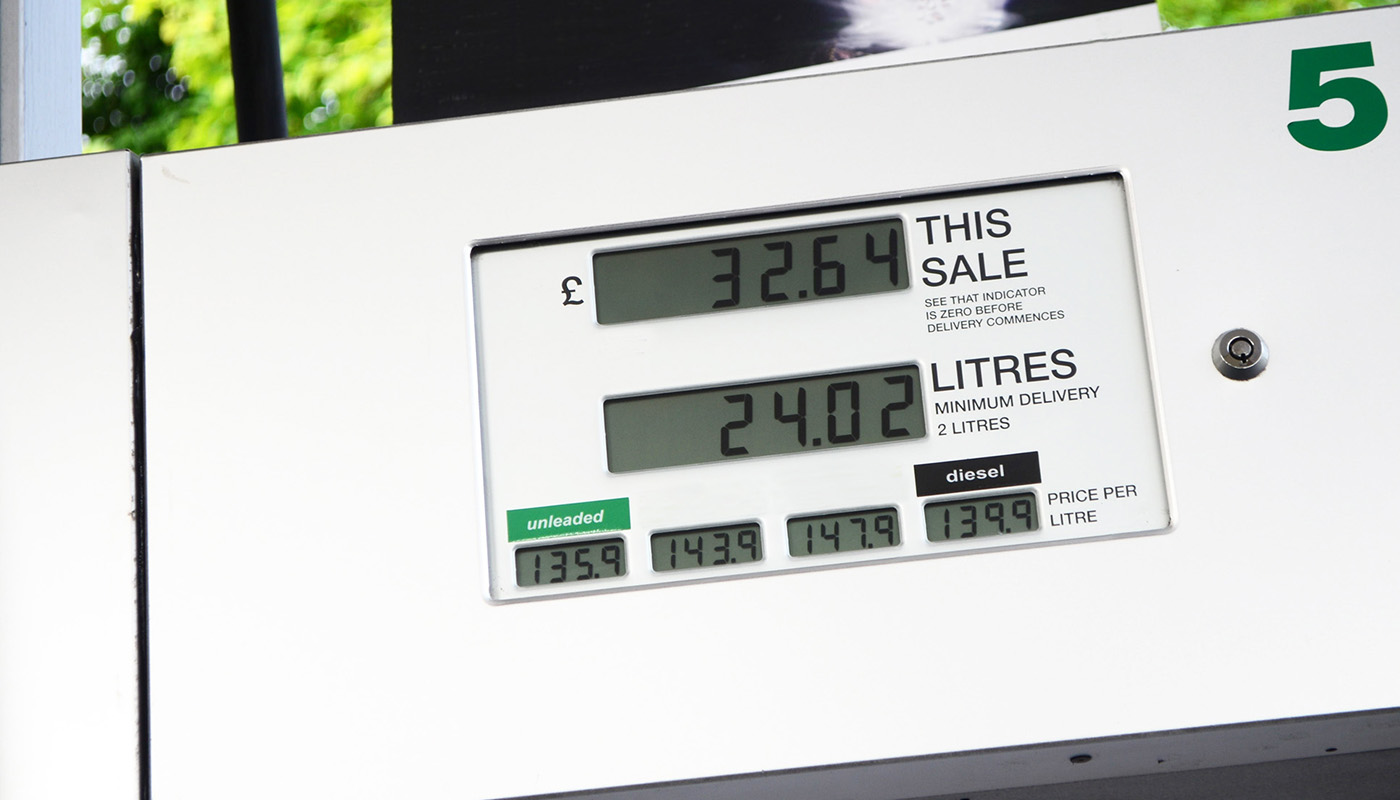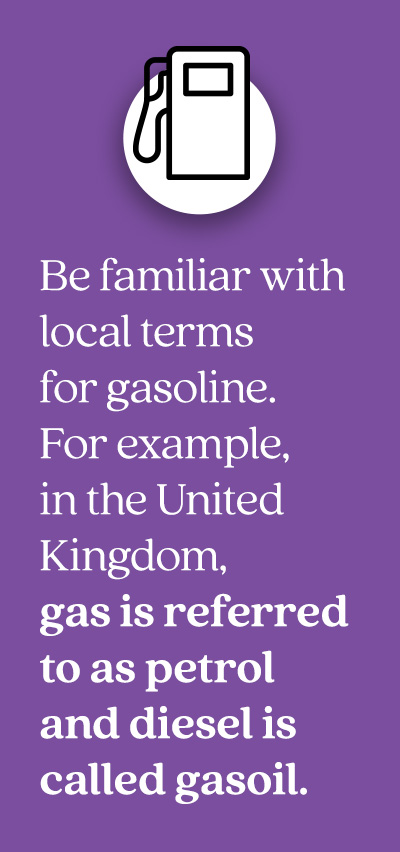Tips for Car Rentals in Europe
Having your own vehicle means more freedom for sightseeing and taking a tour of Europe, but here are a few considerations before you book.
 iStock
iStock
Picture pastoral scenes of the English countryside or the rolling hills of family-owned vineyards in French wine country. Ready to explore Europe by car? Before you hit the road, it’s important to recognize the differences between domestic and international rules and norms. Here are seven tips that can help make driving in Europe a breeze.
1. Get your permit.
An International Driving Permit (IDP) is a valid form of identification in over 150 countries worldwide and contains your name, photo and driver information. The IDP translates your identification information into 10 languages, so it speaks the language even if you don’t. The IDP doesn’t replace your U.S. driver’s license, so be sure to bring both.
AAA is proud to serve as one of only two private US entities authorized to issue IDPs. Learn more here.
2. Start your screening.
In 2025, the European Commission will require a new screening for travelers from the United States and 59 other countries. Called the European Travel Information and Authorization System (ETIAS), this screening will help keep track of visitors to Schengen Area countries who don’t need to have visas.
You’ll fill out a brief application and pay a small fee (around $8). Most applicants will be granted automated approval within minutes.
Need to renew your passport? AAA offers passport photos and has partnered with Rush My Passport to offer member discounts on expedited service.
Learn More >>3. Familiarize yourself with the attributes of international and European car rentals.
Tell the rental agent how many people and pieces of luggage need to be accommodated. Keep in mind that the least expensive rentals are likely to be smaller than American subcompacts. Cars with automatic transmission aren’t readily available in all locations and will generally cost more. And air conditioning is usually not a standard feature.
 iStock
iStock
Also, many cars are hatchbacks, not vehicles with locking trunks. The biggest downside of a hatchback may be lack of privacy. Check to see if there is a privacy shelf that can hide items as well as a trunk can. And if you’re not familiar with the location, don’t forget to rent a navigation device—and make sure you understand how to use it.
If you’d rather have someone else navigate for you, AAA Members are eligible for discounts on Private Chauffeur, Self Drive, and Lux Self Drive Vacations throughout Scotland and Ireland. For even more value and savings, check here.
4. Check the car before driving it.
Make note of any damage on the car and share that with the rental agent to avoid being charged for already-existing dings and scratches later.
Another better-safe-than-sorry precaution is travel insurance. The right plan can protect your European vacation from the unexpected. Coverage is available for flight delays, lost baggage, medical emergencies, and even rental cars. Ask your AAA Travel Agent or get an easy online quote, even if you've already booked your trip.
 iStock
iStock
5. Remember that you get charged for fuel by the liter.One gallon equals 3.79 liters. Be familiar with local terms for gasoline. For example, in the United Kingdom, gas is referred to as petrol. Also remember that gas prices may differ from those in the U.S. And what about converting kilometers to miles? Here’s an easy, albeit approximate, formula: Divide kilometers by 10 and multiply by 6. For 60 kilometers, the formula is 60÷10=6 and then 6x6=36 miles. |
 |
Save up to 10% and add an additional qualified AAA driver for free with a Hertz International rental.
Start Driving >> Tara Moore/Getty Images
Tara Moore/Getty Images
6. Take note of airport rental agency counter hours.
They may not have 24-hour service. Many in-city rental offices have restricted weekend hours, and some European locations close for lunch. Check the business hours prior to returning the vehicle to avoid any additional charges for late returns.
7. Know what to do if you run into trouble on the road.
If you’re in a crash, first make sure everyone in the vehicle is unharmed, and if not, contact the national emergency number, typically located in the glove compartment of your rental car.
Once the scene is safe, exchange contact and insurance information with any other parties involved and take pictures of the damage. Then, as soon as possible, contact your car rental agency and inform them of the crash.